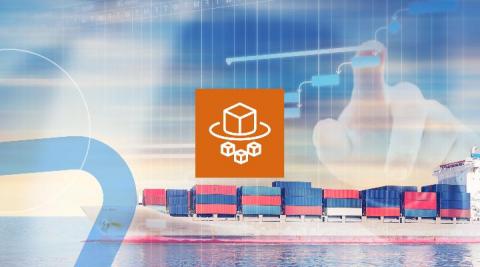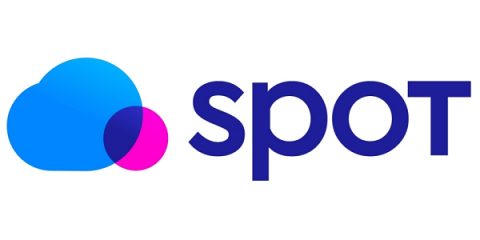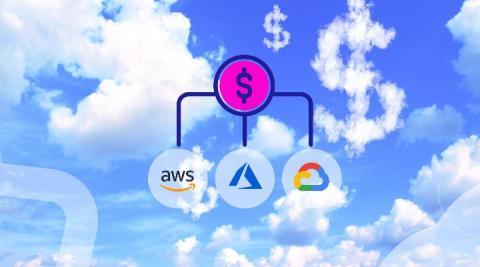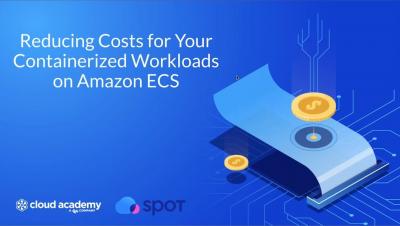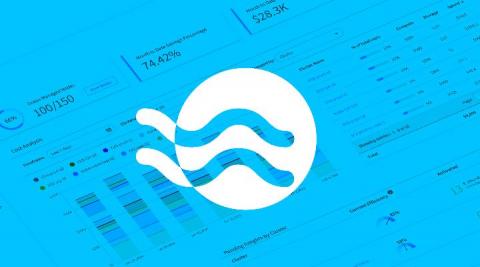Understanding Kubernetes Cluster Autoscaler: Features, Limitations and Alternatives
There are different tools and mechanisms for autoscaling in Kubernetes at both the application and infrastructure layers to help users manage their cluster resources. In this article, we’ll explore two infrastructure autoscaling tools for Kubernetes — Ocean by Spot and open source Cluster Autoscaler.



